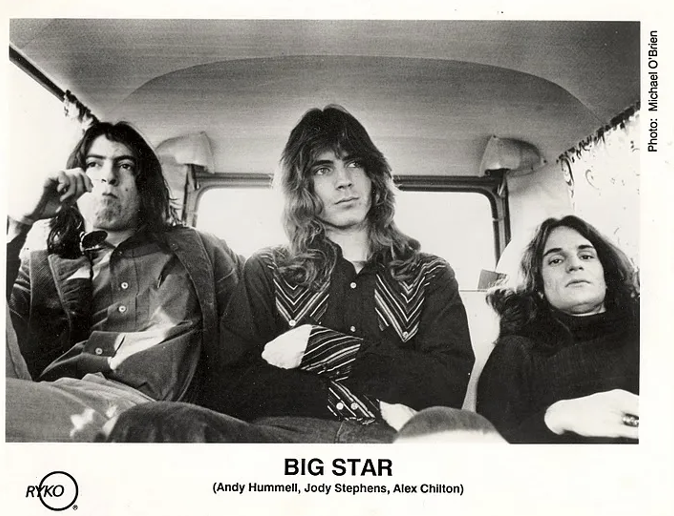Big Star’s ‘Radio City’ 50 Years Later
In late February of 1974, Big Star released Radio City, the second studio album in their discography—part rock, part alternative, part power-pop, and beloved by many as a cult classic fifty years later. At the time of its release, the album was not widely received; despite the band’s ambitiousness, they never quite lived up to the grandeur of their name, a humble irony for the group whose previous album was titled #1 Record and only sold fewer than 10,000 copies. However, the legacy that Radio City left on the music world was undoubtedly significant, landing it a spot on Rolling Stone’s 500 Greatest Albums of All Time and inspiring later alternative rock groups like R.E.M., The Replacements, and Teenage Fanclub.
The sound of Radio City is staggering in the most cohesive way possible. One might say that there is something almost wonderfully subversive about the ways that the album fell into the fringes of cult status. As paradoxical as it is, the album cover itself, a single wiry lightbulb against a dimly lit red ceiling—perceived by many as mysterious and liminal, was in actuality taken in the back of a TGI Friday’s in Tennessee by photographer William Egglestone.
As Radio City reaches its fiftieth birthday, I think it is worth revisiting the songs that yielded its legacy and the breadth of vulnerable truths that they explore, whether they be the introspection and loneliness of “Way Out West” or the regretful, self-effacing “You Get What You Deserve” offered behind bright, definitive instrumentals.
Radio City’s opening track, “O, My Soul” suggests a bouncy, flippant promise of carelessness and thwarted reciprocity. The song speaks to lofty guarantees: “I can’t get a license / to drive in my car / but I don’t really need it / if I’m a big star,” while simultaneously baring confessional admittances, “dying to see you / I’m down on the floor” alongside springy electric keyboards. “Back of A Car” seems to complement these ideas in its slower-paced, “like to fall and lie with you / I love you too.” The album’s theme builds off of this idea of the uncertainty of feeling, admitting an intensity of emotion without an ability to find grounding.
“September Gurls,” perhaps my favorite track on the album, is an honest, yet guarded display of longing and desire from a speaker only identified as December Boy. In the song, December Boy searches for the words to say to his “September Gurls” he misses, but from whom he has now become distanced. His feelings, “I loved you, well never mind” and “I don’t know why / how can I deny what’s inside? / even though I’ll keep away” are real and resolute, as he admits “December boy’s got it bad” against a near-apologetic backing rhythm. The song oscillates a restless inner monologue, grasping frailly at replacements for love.
(“September Gurls” was written by the band’s lead singer, Alex Chilton, who himself was born in December. As it turns out, the song is reflective of actual women in Chilton’s life who were important to him and happened to have September birthdays.)
Image Courtesy: The Atlantic
The album’s final song, “I’m In Love With A Girl” might just be the most beautiful track on all of Radio City. At just a mere 1 minute and 47 seconds, and with no instrumentals besides a single acoustic guitar, the song is simple, genuine, and pitifully real. As the speaker admits, “I didn’t know this could happen to me,” he leaves us with a final, almost questioning intonation—an invitation, perhaps for us to consider the realities we obscure in our own realizations.
You can find Big Star’s 1974 album Radio City here on Spotify.
Strike Out,
Writer: Emily Clemente
Editor: Lindsey Limbach
Tallahassee



